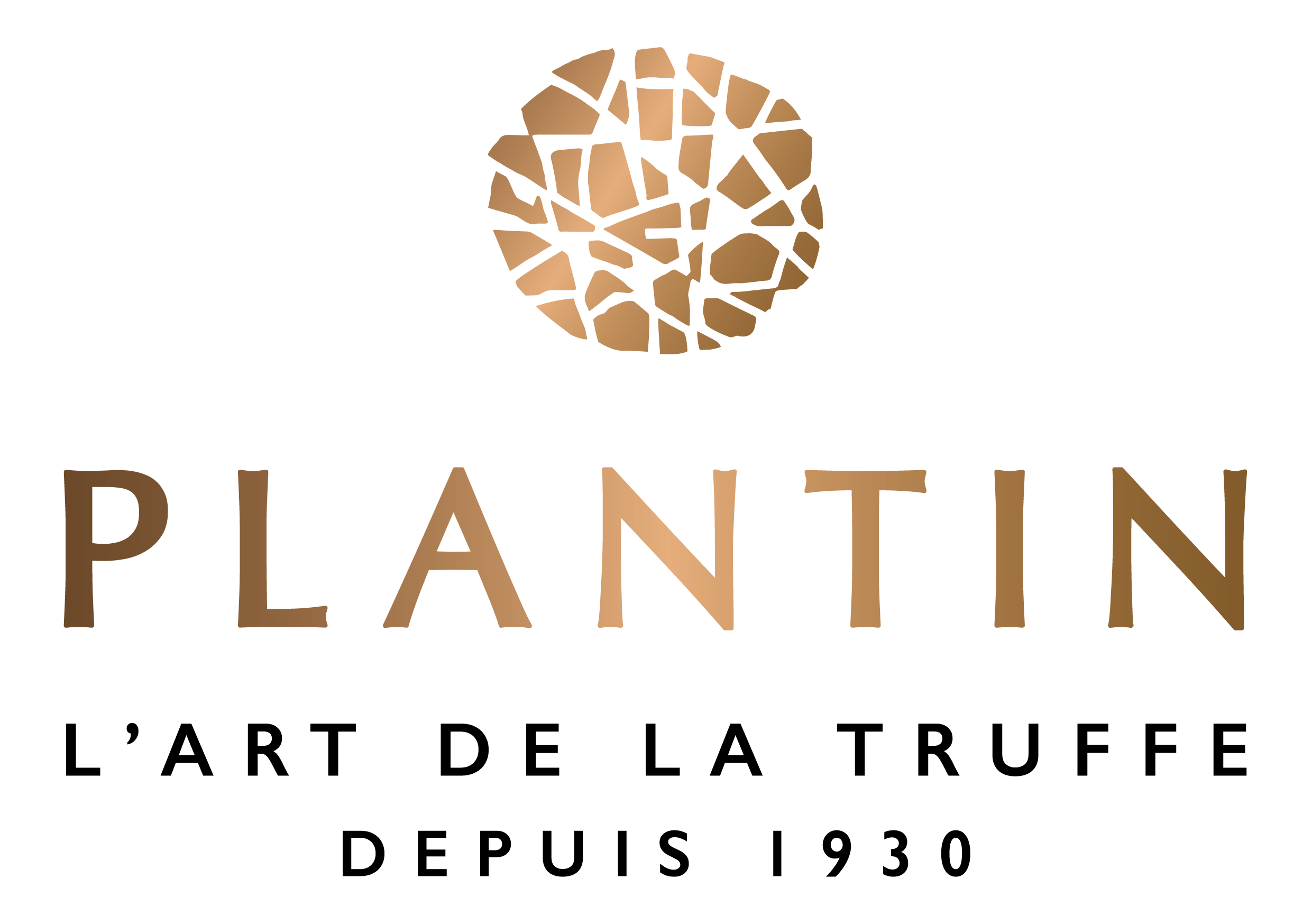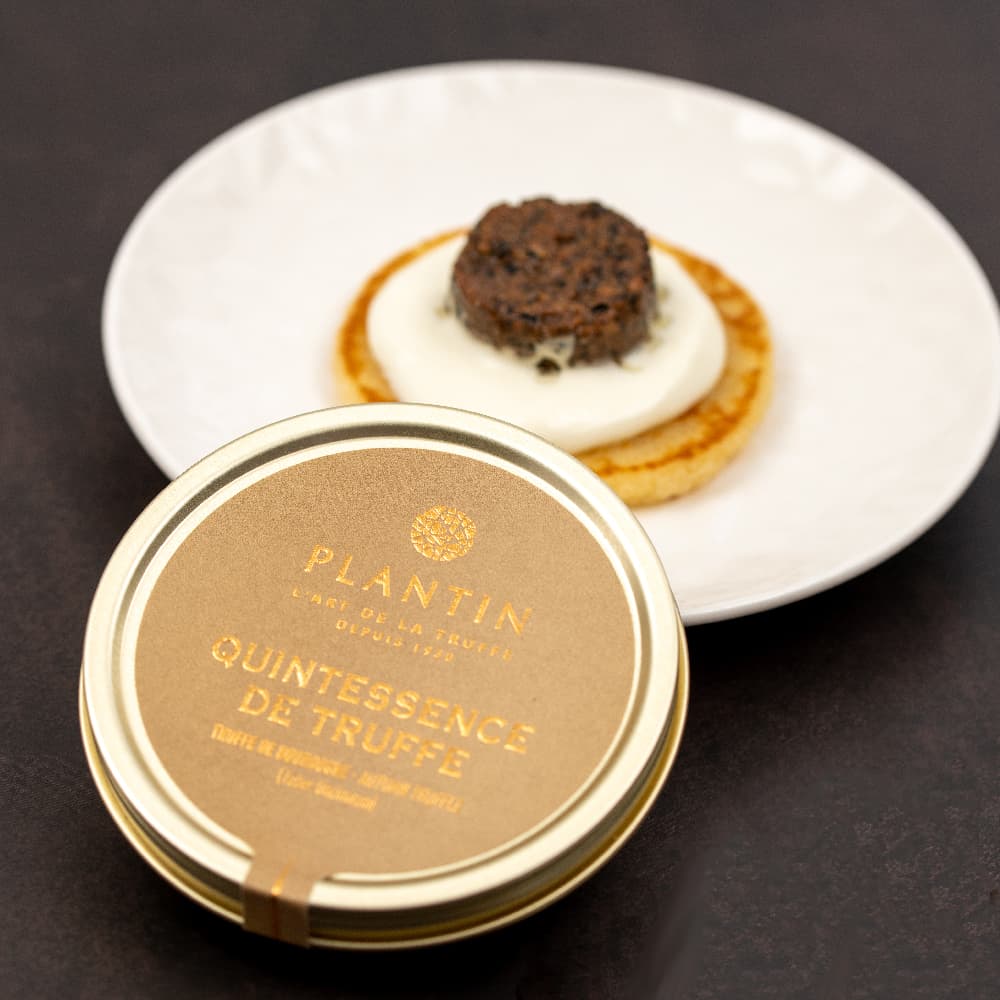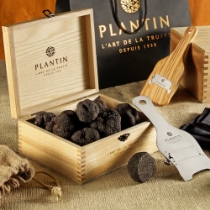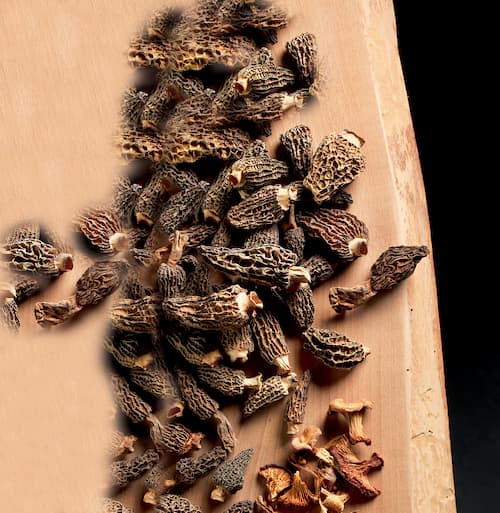The art of the truffle
The truffle is a noble, delicate, refined product. While truffles may be intimidating at first, you just have to know a few key ideas to taste and enjoy them with ease.
How should you choose a fresh truffle?
When you buy a fresh truffle, it’s important to choose wisely.
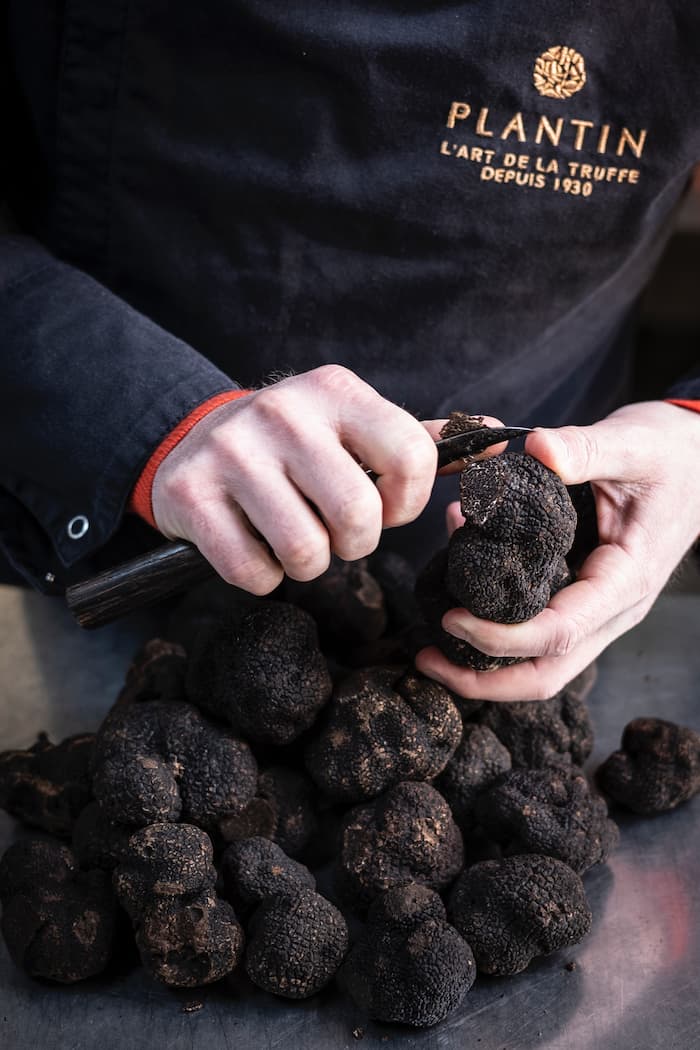
There are three criteria you should take into account when choosing a truffle:
Fragrance: it should have a pleasant smell
Maturity: you have to do a test cut (canifage) on the truffle to check its maturity based on the colour of its flesh (for example, black flesh marbled with white veins for black truffles)
Firmness: truffles should be firm to the touch, definitely not soft, and not too dry either
How do you store fresh truffles?
Like any vegetable or mushroom, fresh truffles have a fairly short lifespan. A fresh truffle will only maintain its flavours for about 10 days. After that, it has to be used immediately.
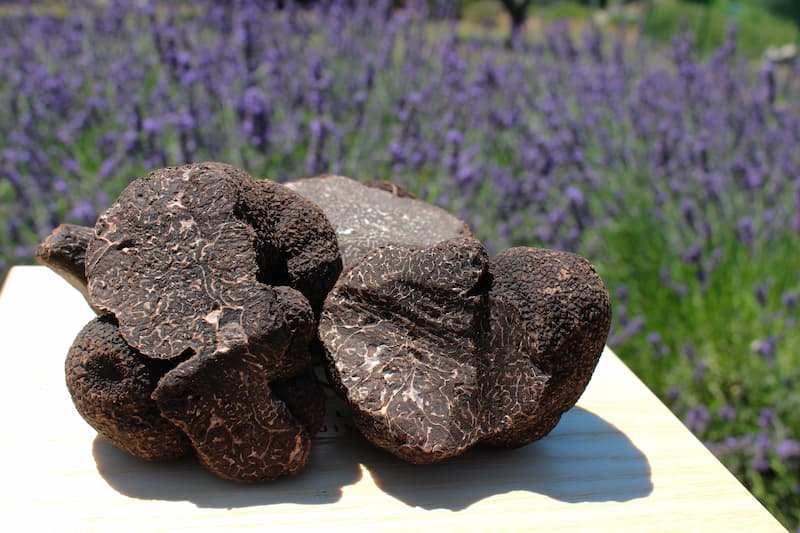
To preserve the truffle’s fragrance, you should store it in the following manner:
In the refrigerator: : in a sealed container (a jar or Tupperware), wrapped individually with a piece of absorbent paper (to be changed every other day) or covered with rice. The rice will then absorb the truffle’s aromas and can be used, in particular, to make a delicious truffle risotto.
If you want to make eggs with truffle, it’s a smart idea to put store the truffle and eggs together in a sealed container one or two days before cooking so that the eggs will absorb the truffle’s aromas. This will make the truffle flavour in a dish like a truffle omelette that much stronger..
In the freezer: in a jar or in a freezer bag is the easiest way to store a fresh black truffle for longer (one year maximum). However, it’s important to note that freezing also changes the truffle’s texture (which becomes spongy) and aromas. Because of this alteration, the frozen truffle can only be used in sauces, omelettes, and recipes cooked with truffles. The frozen truffle should not be thawed before using it; you can simply grate the frozen truffle over your warm dishes. Another tip: you can create truffle-flavoured butter and freeze it.
How do you cook fresh or preserved truffles?
Contrary to popular belief, truffles are easy to cook. What’s important to know is that black truffles, whether fresh or preserved, should not be overcooked.
If this happens, the truffle will lose its flavours and aromas. As such, the truffle must be gently heated to unleash its flavours. On the other hand, summer truffles, autumn truffles, and Alba white truffles should never be cooked or heated.
These fresh truffles should simply be grated over your dishes just before serving.
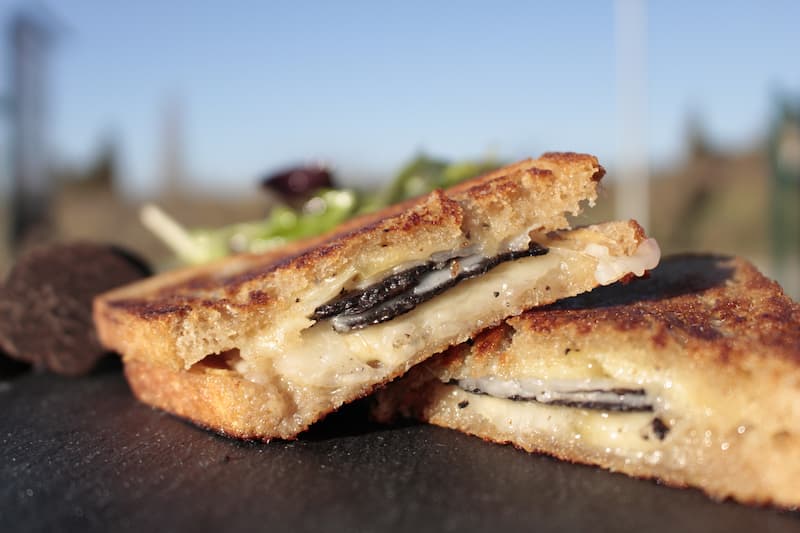
When cooked right, your frozen or preserved black truffle will be just as good as a fresh truffle!
Among the simplest recipes for enjoying truffles, you can make scrambled eggs with truffle, truffle risotto, brie stuffed with truffle, or even just truffle on bread with a drizzle of olive oil and a pinch of flaky sea salt.
If you want to use the truffle raw, it’s best to use fresh truffle instead of preserved, and add it to your dishes just a few minutes before serving.
Also, you should always consider how much truffle to use in your dishes to really bring out the flavours: 10 to 15 g of truffle per person is enough to fully savour the deliciousness of the “black diamond,” as well as the other varieties of truffles!
How should you enjoy truffles?
Fresh truffles, no matter the variety, can be enjoyed raw in fine slices that you can make using a mandolin slicer. You can then put them on a slice of buttered fresh bread, on salad, and more.
If you want to cook truffles, you should use fresh or preserved black truffle, which goes great with potatoes, eggs, rice, and pasta, all of which will capture its aromas.
However, for optimum taste, it’s important to note that certain ingredients further enhance those powerful flavours: garlic, chives, onion, leek, celery, and cream.
So, if you’re going to make a truffle omelette, we strongly recommend that you rub your frying pan with a clove of garlic, which will help you taste the flavour of the black truffle that much more.
Finally, if you lightly sprinkle some Parmesan over your pasta with truffles, it will be that much better.
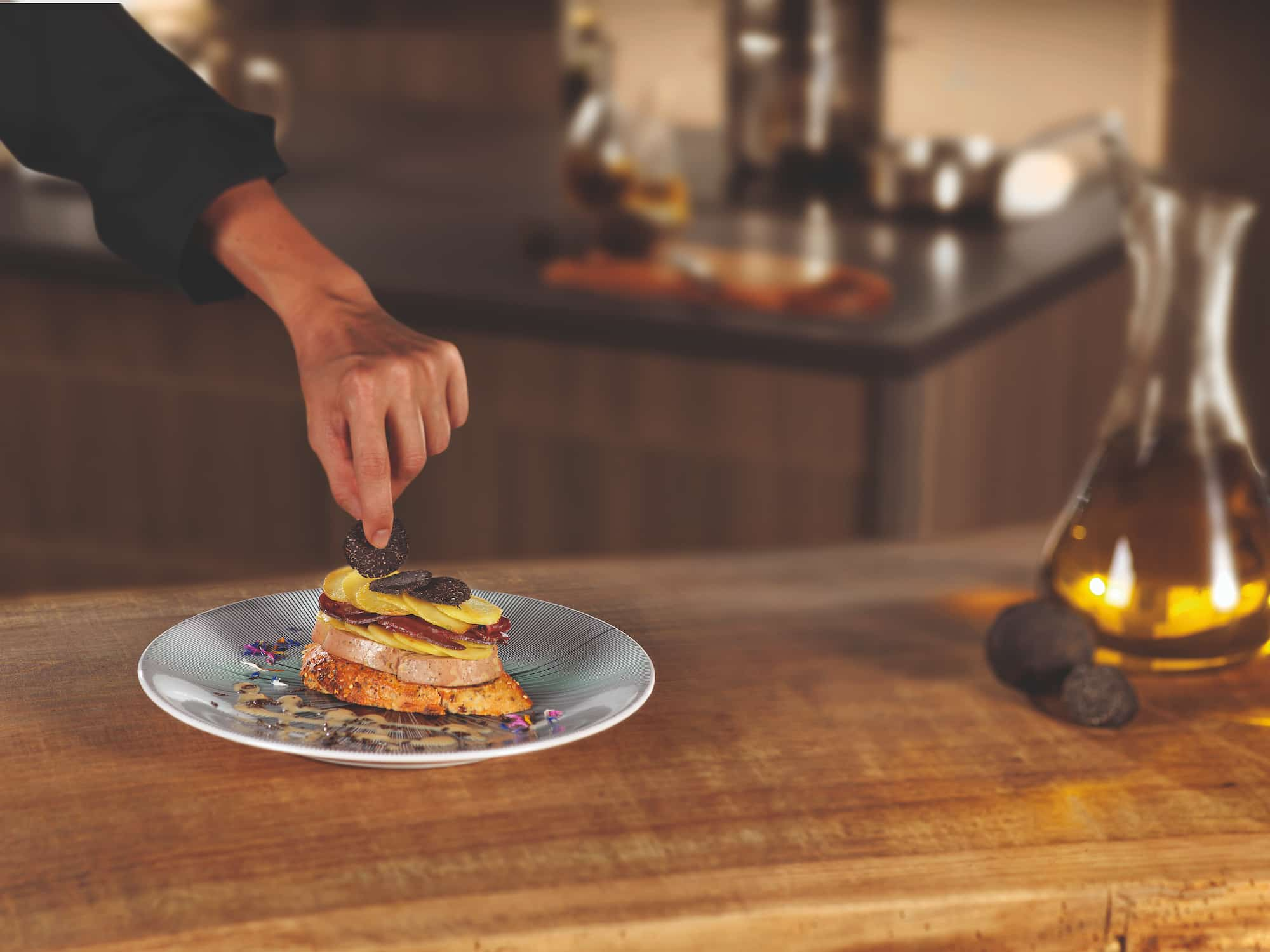
What kind of wine goes well with truffles?
Pairing your truffles with the right wine will make the experience even more pleasurable. For the wine to add to and enhance the flavours without overpowering them, you can play around with both similar and contrasting aromas. Your choice of wine depends on several factors: the variety of truffle, the type of dish, and the aromatic power of the truffle in the dish.
A classic pairing is red wine, which you can choose to go with a cooked dish, looking for aromas close to those of the truffle, like mushroom and earthy flavours. The wine should be full-bodied, have a long finish, and be a few years old.
So, for a game or poultry dish, you can choose a great Bordeaux red, like a Pomerol, or a Burgundy red, like a Mercurey or Vosne-Romanée.
For shellfish dishes, you can instead go with a strong, well-structured white wine, like a Meursault, a Puligny-Montrachet, or better yet, a Hermitage or a Chateauneuf-du-Pape.
This pairing works great for both black and white truffles. When eating truffles raw and without meat or fish, black truffle goes best with an aged Sauternes or a Meursault.
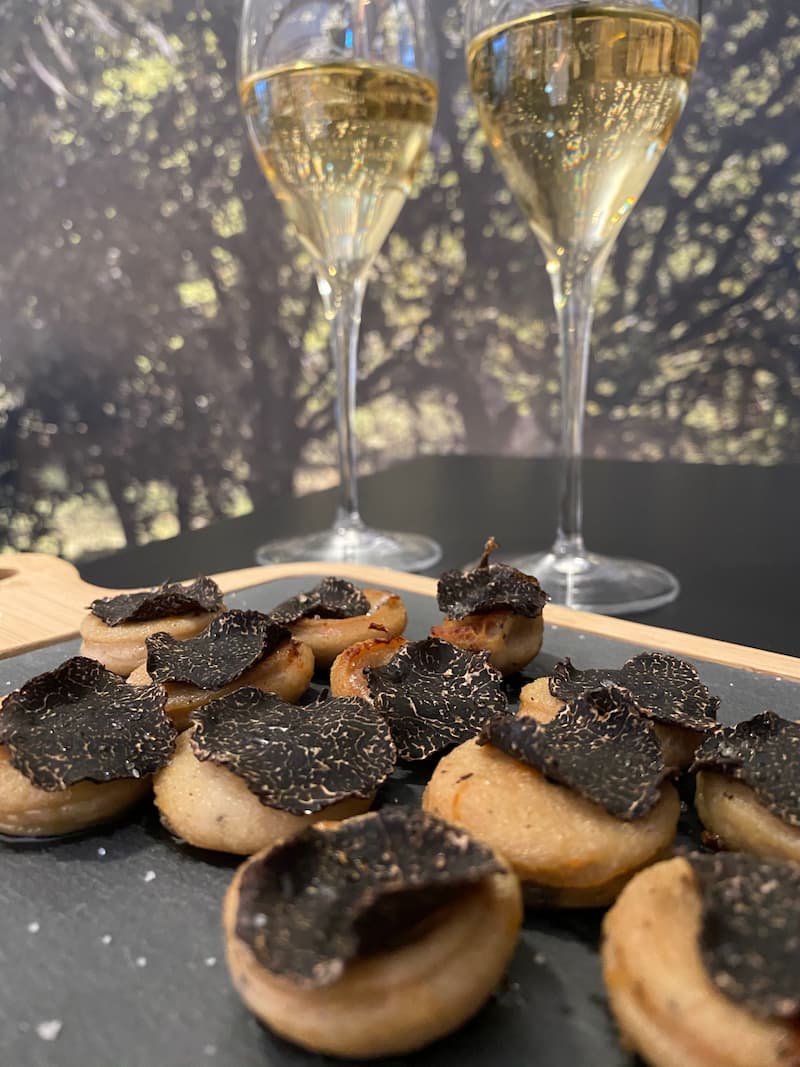
A brief glossary of truffles
Truffle breakings :
Minced truffle, which you can sprinkle over your dishes
Canifage:
Test cuts made with a small knife, taking a small piece of flesh from the truffle to verify the inside (firmness, colour, and marbling), each variety having its own characteristics
Hunting:
The process of seeking out and extracting truffles with the help of an instrument or an animal
Hunter :
The term used for people who forage for wild truffles
Gleba :
The flesh of the truffle
Truffle juice:
Juice released from the truffle during sterilisation (appertisation), a condensed form of all of the black truffle’s delicious flavours
Truffle pieces:
Pieces that come from a whole truffle of good quality, from which damaged parts (due to freezing or damage caused by the dog during harvesting) have been cut out
Mycelium:
Filaments of the mushroom that connect to the tree
Mycorrhiza:
From the Greek mýkēs, meaning fungus, and rhiza, meaning root; a body (in the form of an outgrowth) that forms through the symbiotic relationship between a mushroom and the roots of its host tree
Truffle shavings:
Thin slices of truffle that are perfect when you want crunchy pieces
Rabasse:
The Provençal name for the black truffle Gleba: the flesh of the truffle
1st choice truffle:
A black truffle of excellent quality with an irregular shape
Extra truffle:
A black truffle of excellent quality and a relatively spherical shape
Truffle field:
An area of land where truffles can be found; today, few truffle fields are wild, most being truffle plantations
Tuber :
Latin for “outgrowth”
